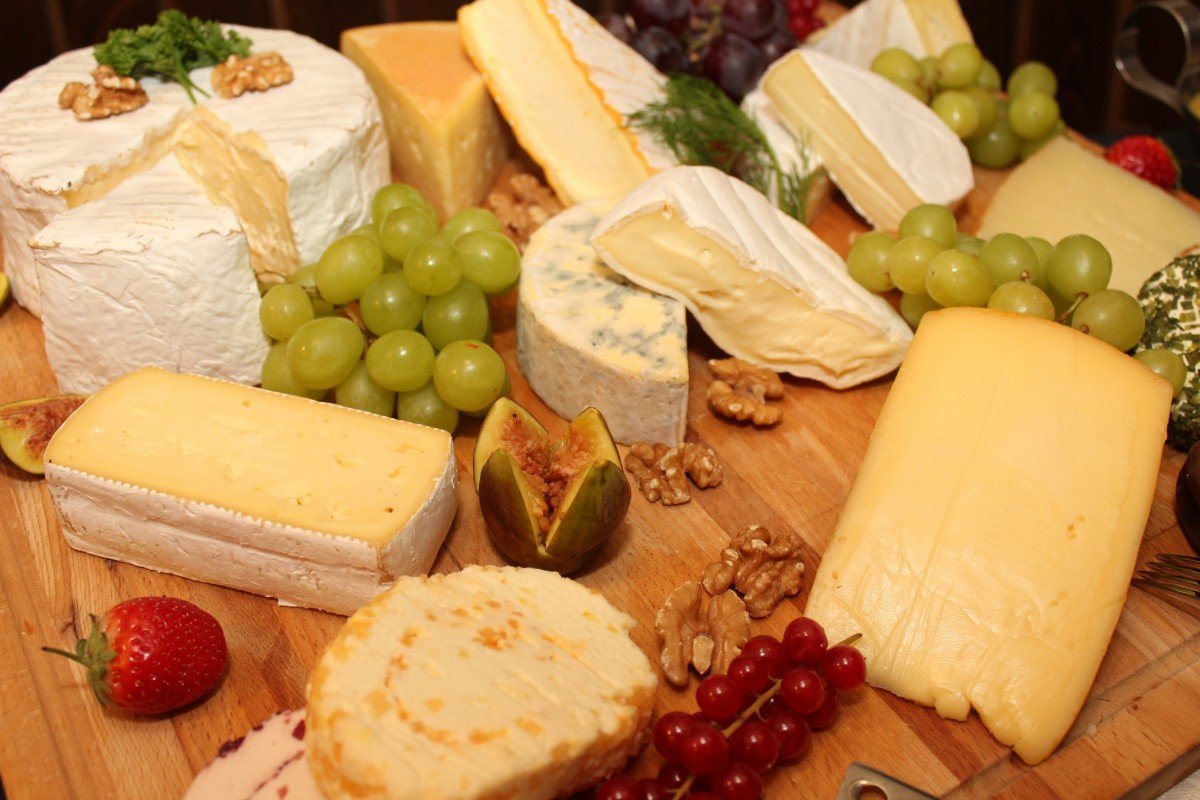Your cart is currently empty!
2345 Beach,Rd Metrocity USA, HWY 1235 | +1 (000) 012-3456
Track your order |
2345 Beach,Rd Metrocity USA, HWY 1235 | +1 (000) 012-3456
Track your order |

Artisanal cheese is more than just a gourmet delicacy—it’s a testament to traditional craftsmanship, high-quality ingredients, and time-honored techniques. Unlike mass-produced cheese, artisanal varieties are handcrafted in small batches, often using milk sourced directly from local dairy farms. But what goes into making these rich, flavorful cheeses? Let’s take a journey inside a dairy farm to uncover the art behind artisanal cheese production.
The foundation of any great cheese starts with high-quality milk. Dairy farms producing artisanal cheese often prioritize:
Once the milk is collected, it undergoes a curdling process:
Once cut, the curds are gently stirred and drained to remove excess whey. Some cheeses, like soft goat cheese, are left to drain naturally, while firmer cheeses (like cheddar or gouda) are pressed to expel more moisture. The amount of whey removed influences the cheese’s texture—drier curds lead to harder cheeses, while more moisture results in soft, creamy varieties.
Salt is essential in cheese-making, not just for taste but also for preservation. Cheesemakers apply salt in various ways:
Aging, or affinage, is where the magic happens. Cheese wheels are carefully stored in temperature- and humidity-controlled environments, sometimes in natural caves or specialized cellars. This stage can last anywhere from a few weeks to several years.
Cheesemakers monitor the aging process, flipping and brushing the cheese to ensure even ripening and prevent spoilage. Some cheeses even develop edible molds, such as the blue veins in Roquefort or Stilton.
Artisanal cheesemakers often add unique finishing touches before their cheese reaches the market:
Each step is done by hand, ensuring that every batch maintains its artisanal integrity.
The journey from farm to table is a labor of love, requiring patience, skill, and deep respect for tradition. Artisanal cheese-making is not just about producing food—it’s about crafting an experience, one that highlights the rich flavors and heritage of dairy farms. Whether it’s a creamy brie, a sharp cheddar, or a pungent blue, every bite of artisanal cheese tells a story of craftsmanship, quality, and passion.
Leave a Reply